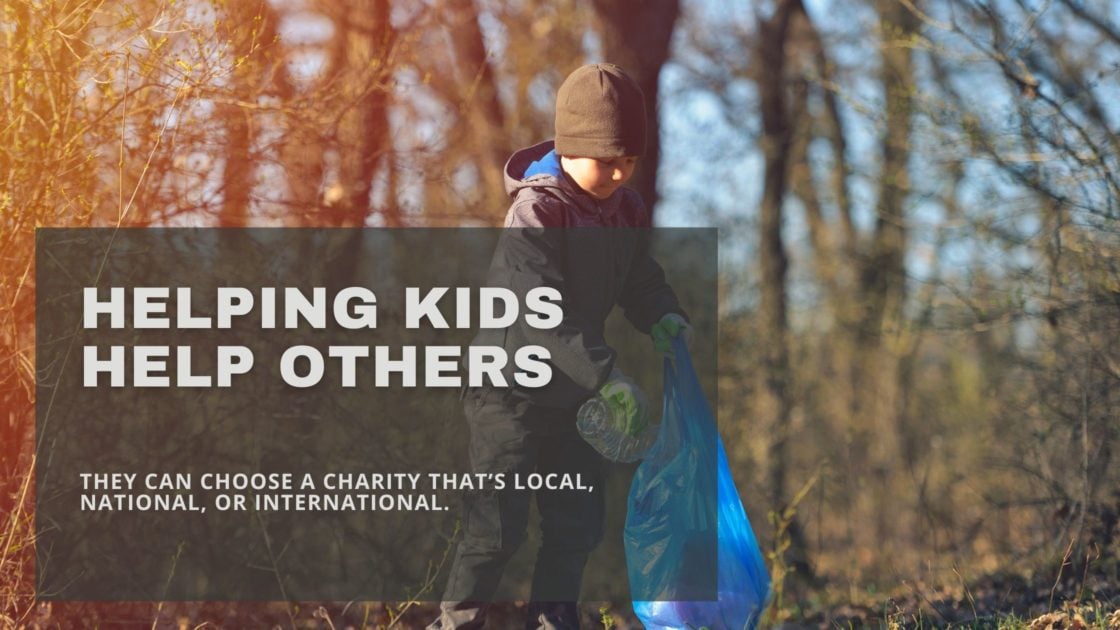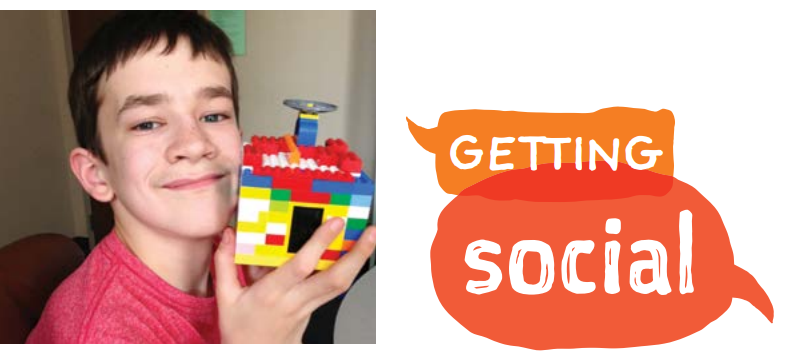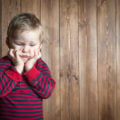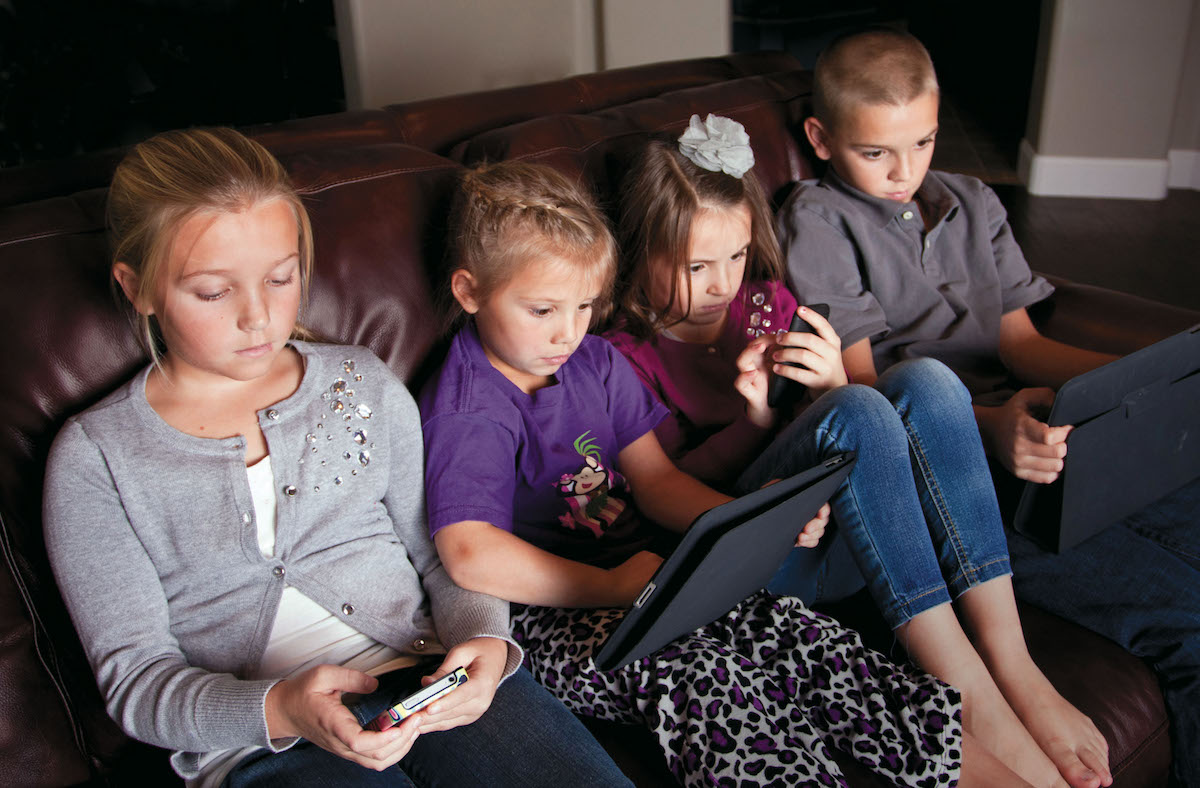It’s August! It’s time to enjoy the peak of the summer season. But it’s also time to start thinking about transitioning back to school.
Very soon I’ll be back in my classroom, preparing for a new set of students and embarking on my 20+ year as an educator!
Throughout my teaching tenure, through both a combination of continuing education and first-hand experience, I’ve learned a lot about child development. One thing I know for sure is how important sleep is to our children’s school success.
The National Sleep Foundation puts it this way: “To thrive academically, kids need to have energy and the ability to focus, concentrate, retain information and be creative problem solvers. Success at school also requires kids to control impulses and manage emotions and behavior to keep on track. All of these skills depend heavily on healthy, consistent sleep.”
Individual sleep needs vary, but according to the National Heart, Blood and Lung Institute, school-age children need about 10 hours of sleep a day. Ensuring your children get the sleep they need is one of the most crucial things you can do as a parent to help them thrive in school.
This can certainly be a challenge, especially this time of year when the weather is warm and daylight extends into the evening hours.
Here are some tips to create an environment conducive to good sleep — geared toward school-age children — from Dr. Craig Canapari, director of the Yale Pediatric Sleep Center and author of It’s Never Too Late to Sleep Train: The Low-Stress Way to High-Quality Sleep for Babies, Kids and Parents.
Good bedrooms, according to Canapari, are:
Dark: If your child’s room is bright enough to read in, it’s too bright to sleep in. This isn’t a problem for us in Minnesota between October and April, but between May and September when we have more light, it’s a big challenge. Canapari recommends blackout shades or even bed tents, which can eliminate or at least reduce light to help your child sleep. Target.com sells inexpensive blackout curtains (starting at $5 per panel), which also provide some insulation. IKEA sells a Kura bed tent for $20.
Quiet: Sounds, which are often out of our control, can be a major cause of nighttime or early morning awakenings, which can negatively affect sleep. Canapari recommends sound masking — the process of adding background sound to reduce noise distractions — for children’s bedrooms. At our house, running a fan has helped; you could also use a white noise machine such as the Marpac Dohm Classic, which creates sound using a fan-based system that doesn’t move any air.
Unplugged: This is huge. Establishing and modeling a screen-free bedtime routine is extremely important in helping our kids develop healthy sleep habits. In the early 2000s, research focused on the negative effects associated with televisions in children’s bedrooms, including sleep problems and childhood obesity. Current research is exposing how smartphones, tablets and computers are even more corrosive to sleep than TVs.
Canapari recommends these rules for devices and media around sleep:
- No television, electronics or electronic media for a minimum of 30 minutes prior to bedtime.
- No electronics in children’s bedrooms during sleep hours, period.
- Set a good example. Grown-ups should follow these rules, too, to encourage buy-in from their kids.
Despite the lingering warmth of the season, now is the time to reflect on your child’s sleep environment and work to make proactive transitions to set up your child for school success.

Find more bedtime solutions for families in Dr. Craig Canapari’s new book, It’s Never Too Late to Sleep Train: The Low-Stress Way to High-Quality Sleep for Babies, Kids and Parents.
$15.99 • drcraigcanapari.com
Megan Devine is an elementary school teacher who lives with her husband and four school-age children in Northeastern Minnesota. Follow her blog — Kids, Lakes, Loons and Pines — at megdevine.com.






















